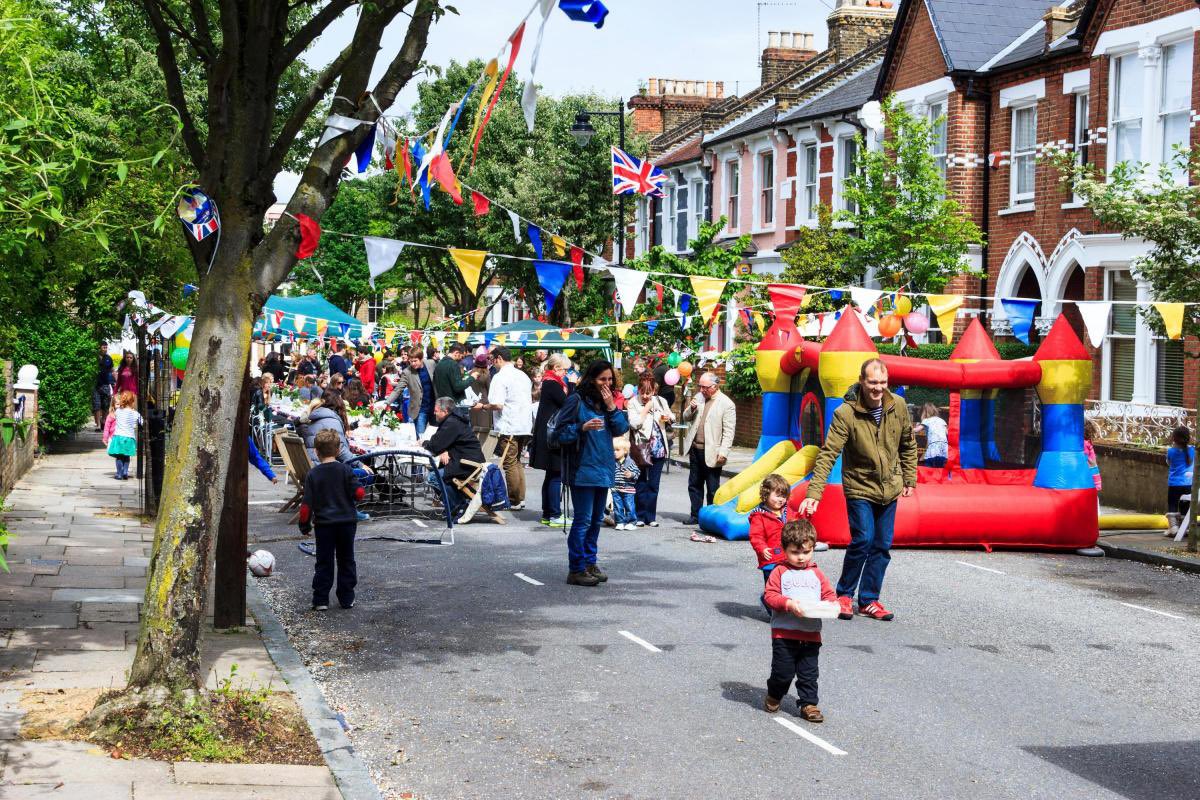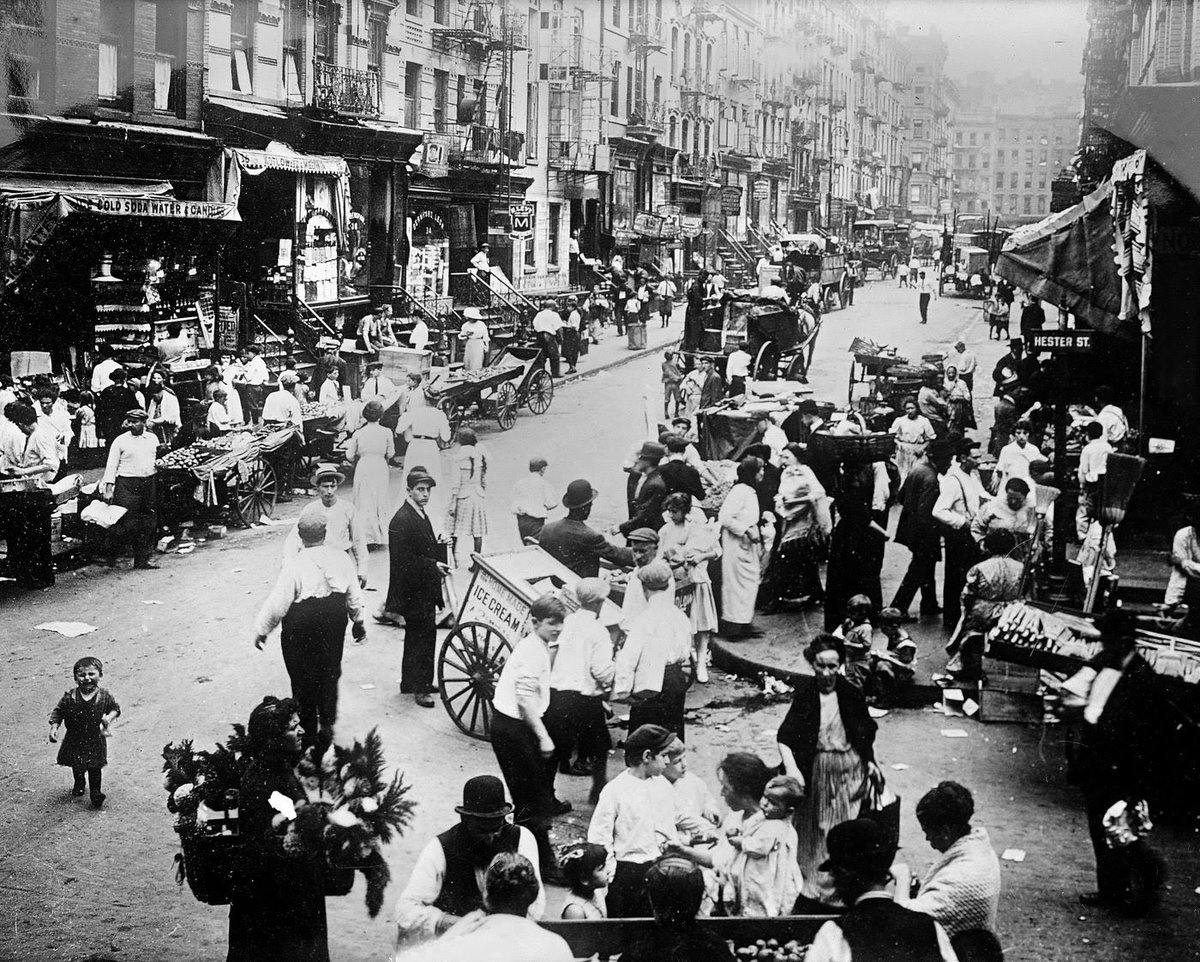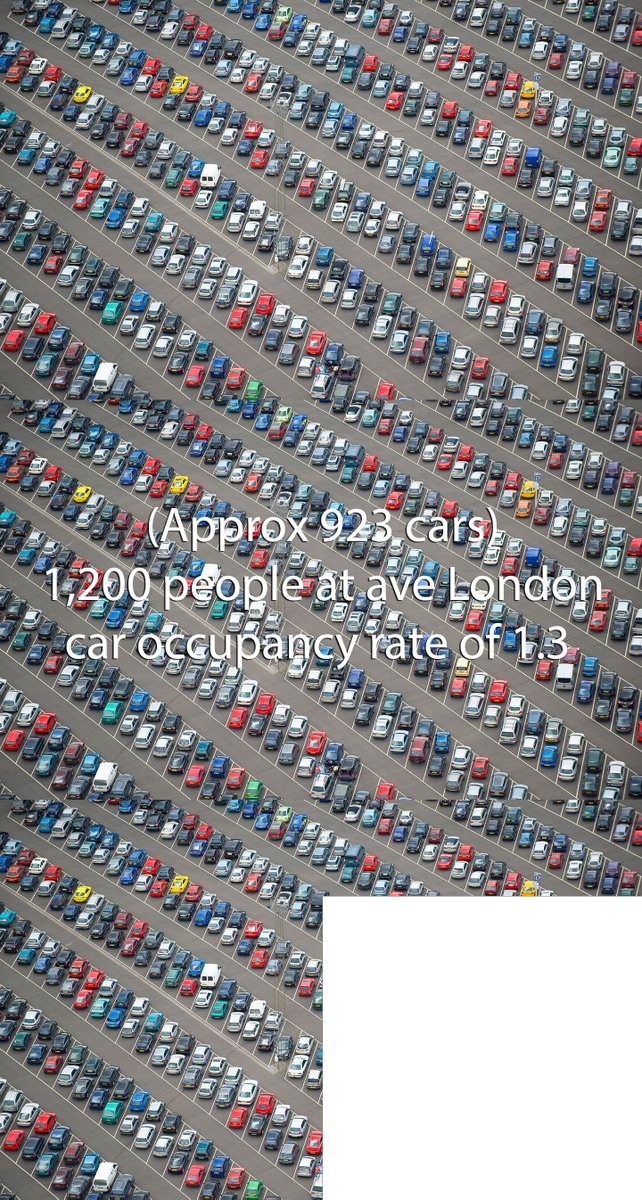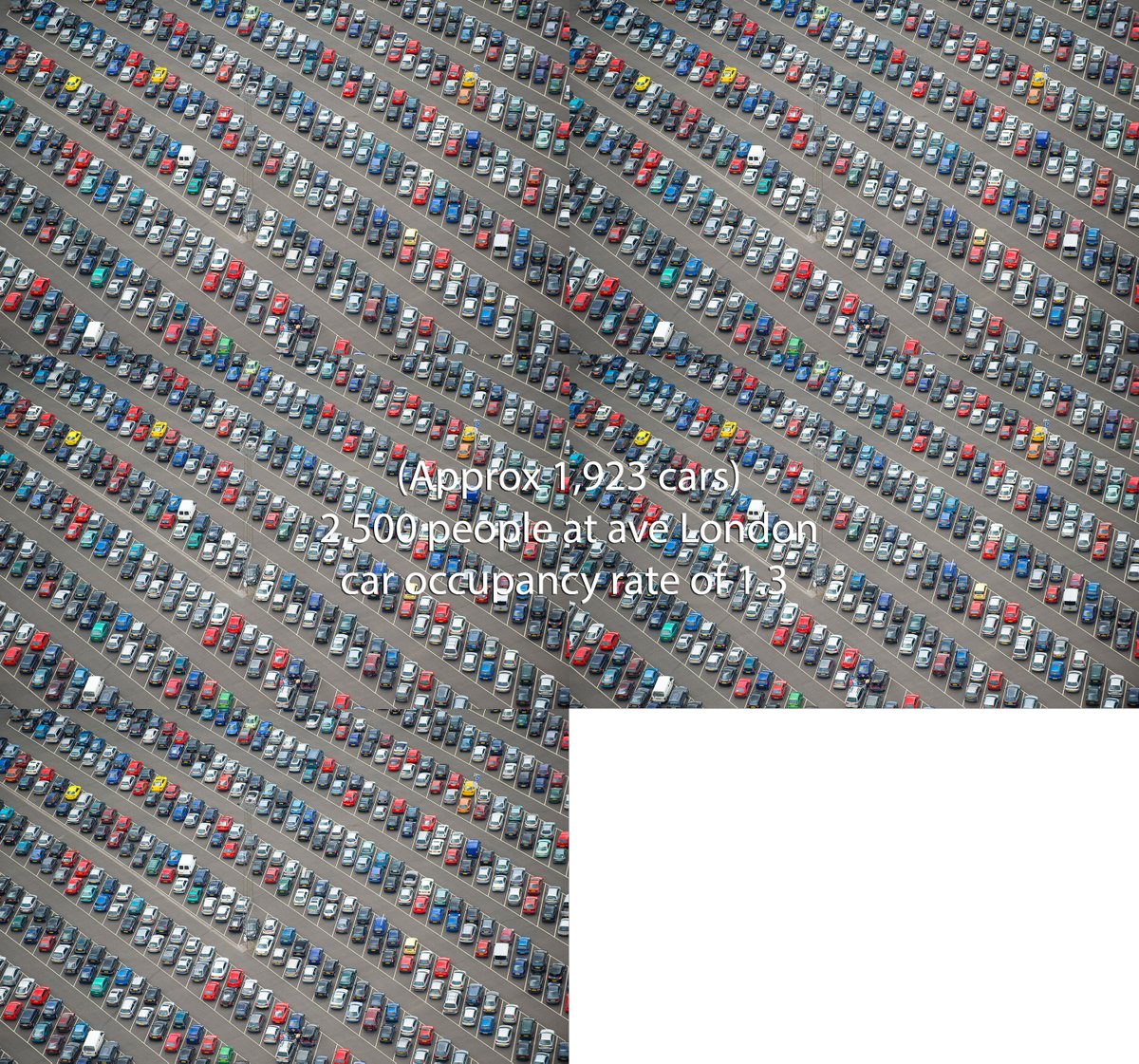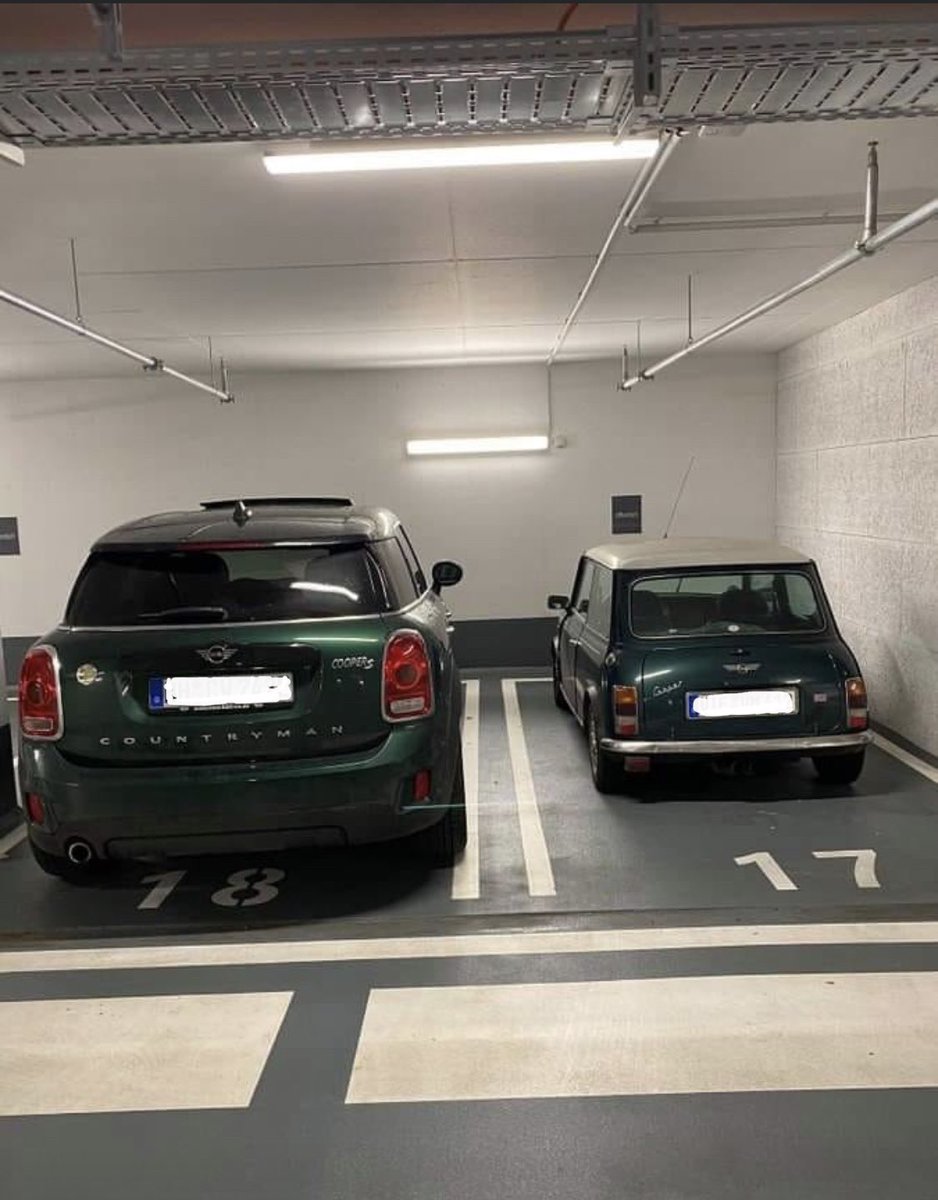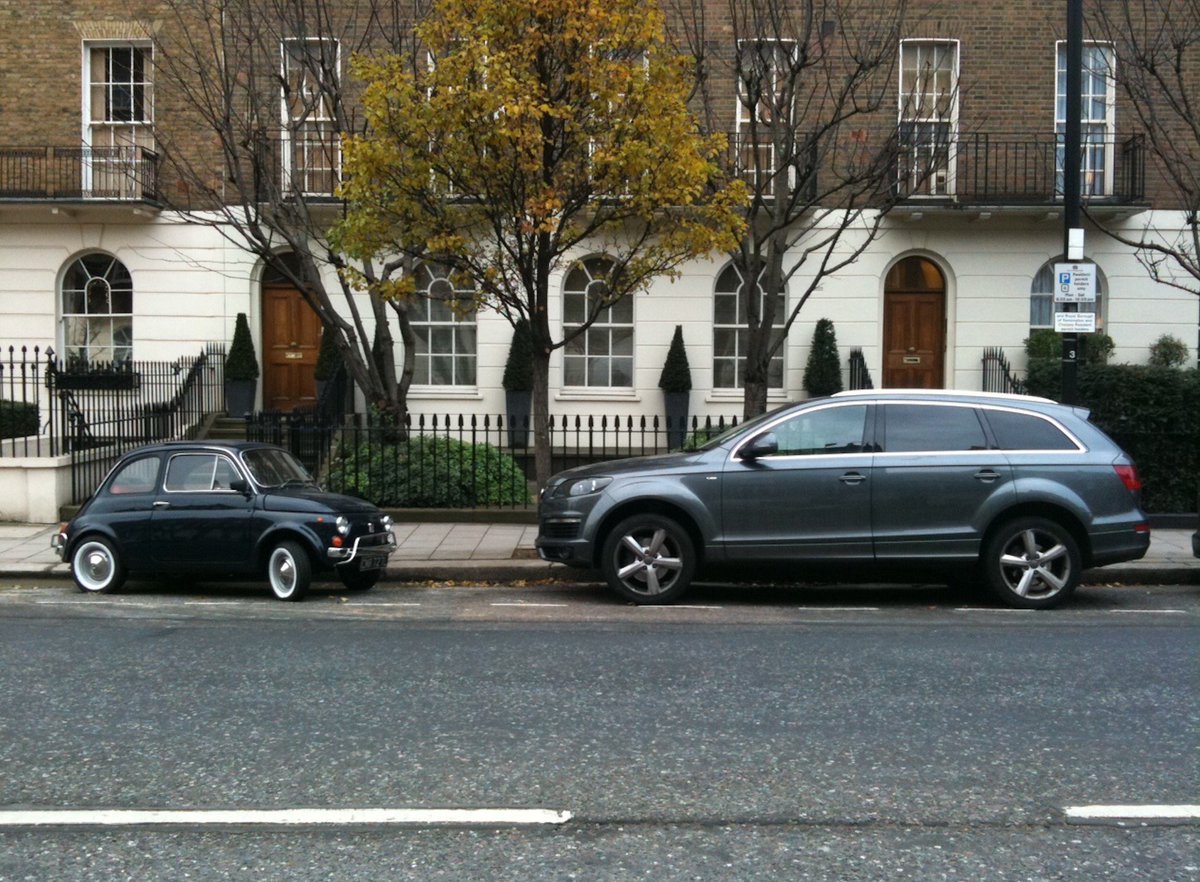When we build bigger roads, we get more traffic. Congestion briefly gets better, then the same, then worse. £Billions is spent in the process.
Instead of dualling roads, what if we used the space for active travel instead? Here’s a thread on why it should happen.🧵


Instead of dualling roads, what if we used the space for active travel instead? Here’s a thread on why it should happen.🧵


These pictures, taken by @carltonreid, show the A27 rural active travel path, adjacent to the main road. Rather than build a bigger carriageway, National Highways instead built one of the best rural active travel paths in the country, as featured in @laura_laker’s book.






I have long thought that National Highways, with the right political direction, could transform active travel in this country. They are an organisation with the resource, experience and powers to deliver at scale.
With councils often stretched, this could be hugely impactful.
With councils often stretched, this could be hugely impactful.
They are also not bound by the kind of short-termism that is brought about by the local political cycle. They build based on priorities set by national government. There is no reason this cannot be for active travel paths either as part of, or instead of, highways schemes.
Currently, National Highways build pockets of sometimes good, often substandard, walking and cycling paths using what’s called “Designated Funds”. This is a sort of “inconvenience lottery” that can go towards mitigating the impacts of huge road building in communities.
I’ve been critical previously of this approach which does not treat active travel seriously and does not see a cycle network as strategic infrastructure of national importance.
It could be different. Here’s how it’s done next to main roads in the Netherlands.
It could be different. Here’s how it’s done next to main roads in the Netherlands.
https://twitter.com/adamtranter/status/1719468374806172150
The UK approach puts cycling, especially, in the category of “nice to have” or “if we have any cash left over”, rather than a core part of the transport system.
By allocating a portion, say 20% of the new roads building budget, to active travel, you force serious consideration.
By allocating a portion, say 20% of the new roads building budget, to active travel, you force serious consideration.
This serious consideration as to the real needs of local communities would likely lead to different solutions.
“When all you have is a hammer, everything looks like a nail,” springs to mind.
Perhaps with different funding priorities, we’d get different proposed solutions.
“When all you have is a hammer, everything looks like a nail,” springs to mind.
Perhaps with different funding priorities, we’d get different proposed solutions.
A key issue to resolve on our road network is delays to freight. Building bigger roads does not reliably relieve congestion for the important goods we need in society. A new road jct or lane added will be gobbled up by private traffic. This doesn’t help freight, it hinders it.
This isn’t just my assumption. In a paper by David Metz, the former Chief Scientist at the Department for Transport, now @ucl, it was shown that the economic model to justify M25 investment relied on the promise of higher traffic speeds, which never materialised.
https://twitter.com/adamtranter/status/1609128676838330370
Active travel tackles short journeys which are, in reality, what clogs up the road network. It allows those who really need to drive to do so, offering choice to people in rural and suburban areas not to take the car.
We’ve known about induced demand for around 100 years. Anthony Downs put it well in 1982 when he introduced Triple Convergence Theory, which you can read about below and here: reason.org/wp-content/upl…




It’s so obvious to some people, even Peppa Pig made an episode on it:
https://x.com/adamtranter/status/1525756743145381888?s=46
https://twitter.com/adamtranter/status/1525756743145381888
So why do we keep doing it?
This answer is complex but probably a mix of short-term optimism, conventional wisdom suggesting it’ll work (and therefore lobbied and supported by local politicians) and the undeniable appeal of private transport (which never lives up to the hype).
This answer is complex but probably a mix of short-term optimism, conventional wisdom suggesting it’ll work (and therefore lobbied and supported by local politicians) and the undeniable appeal of private transport (which never lives up to the hype).
The answer is also probably because of modelling which places a higher value on car users than those who use public transport and which gives greater priority to vehicle speeds than it does to air quality, climate, noise or local amenity. @createstreets
createstreets.com/wp-content/upl…
createstreets.com/wp-content/upl…
By allocating 20% of the new roads building budget to active travel, under the delivery mechanism of National Highways, you could totally revolutionise rural transport in this country.
It’d be good for our health, our planet, our economy and for local communities.
It’d be good for our health, our planet, our economy and for local communities.
So let’s do it.
Some large roads projects have already been cancelled this week. By reassessing the total roads building program for value for money, the new Government could reinvest in transport solutions with a much higher benefit/cost ratio that can be quickly delivered.
Some large roads projects have already been cancelled this week. By reassessing the total roads building program for value for money, the new Government could reinvest in transport solutions with a much higher benefit/cost ratio that can be quickly delivered.
Further reading: @carltonreid’s photo essay on A27 cycleway, built by @NationalHways:
My friend @laura_laker’s book: Potholes and Pavements
A Bumpy Ride on Britain’s National Cycle Network bestbritishbikerides.com/2024/07/31/pho…
bloomsbury.com/uk/potholes-an…
My friend @laura_laker’s book: Potholes and Pavements
A Bumpy Ride on Britain’s National Cycle Network bestbritishbikerides.com/2024/07/31/pho…
bloomsbury.com/uk/potholes-an…
• • •
Missing some Tweet in this thread? You can try to
force a refresh




